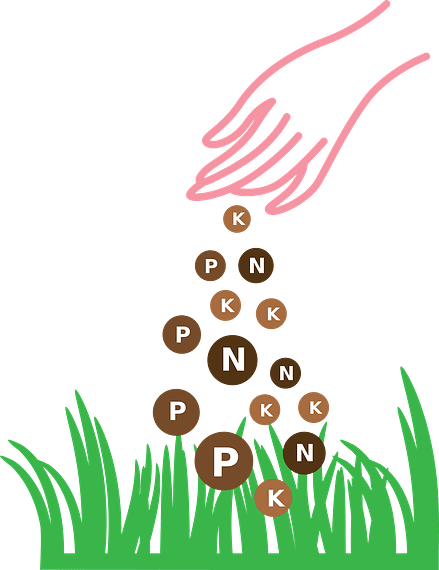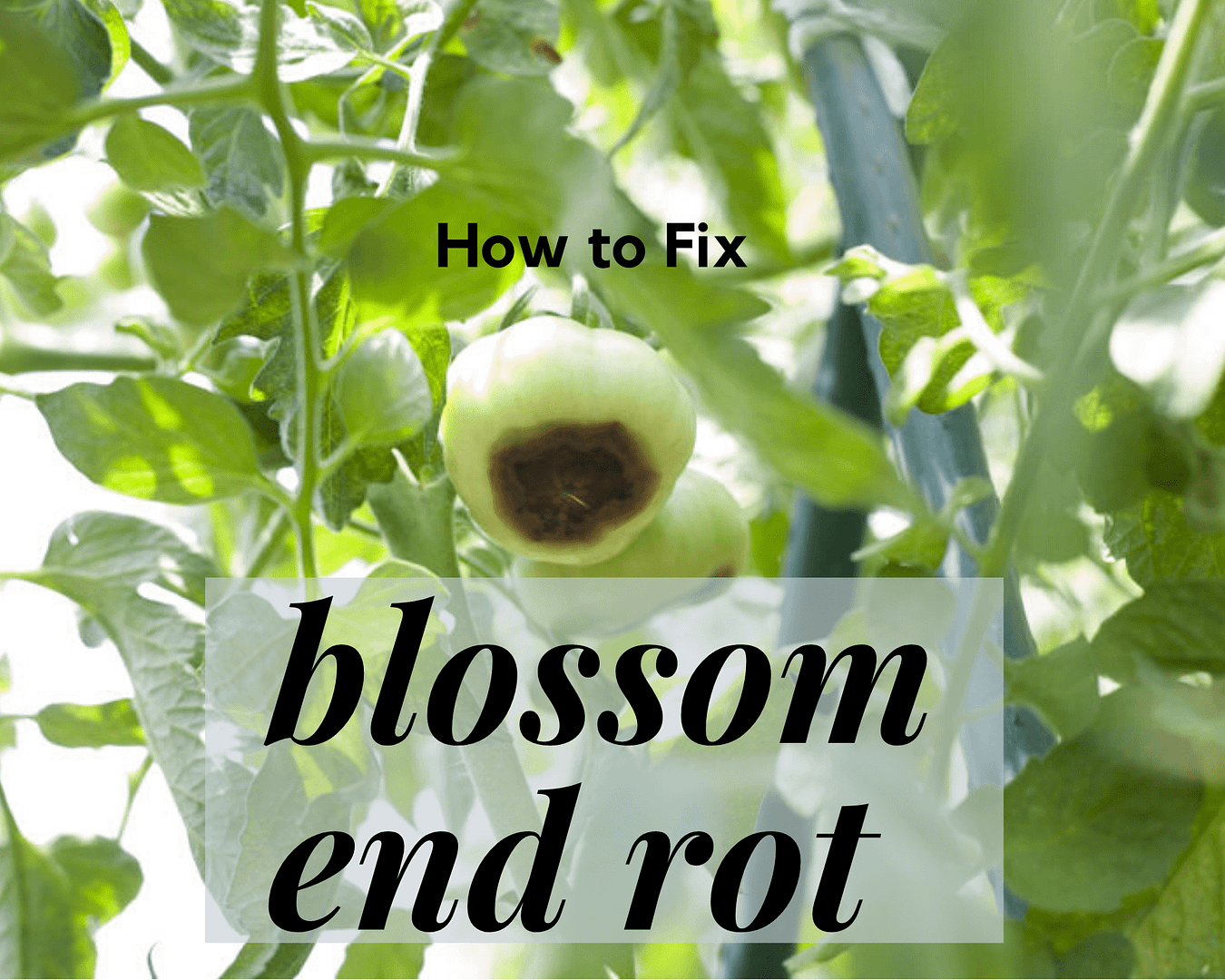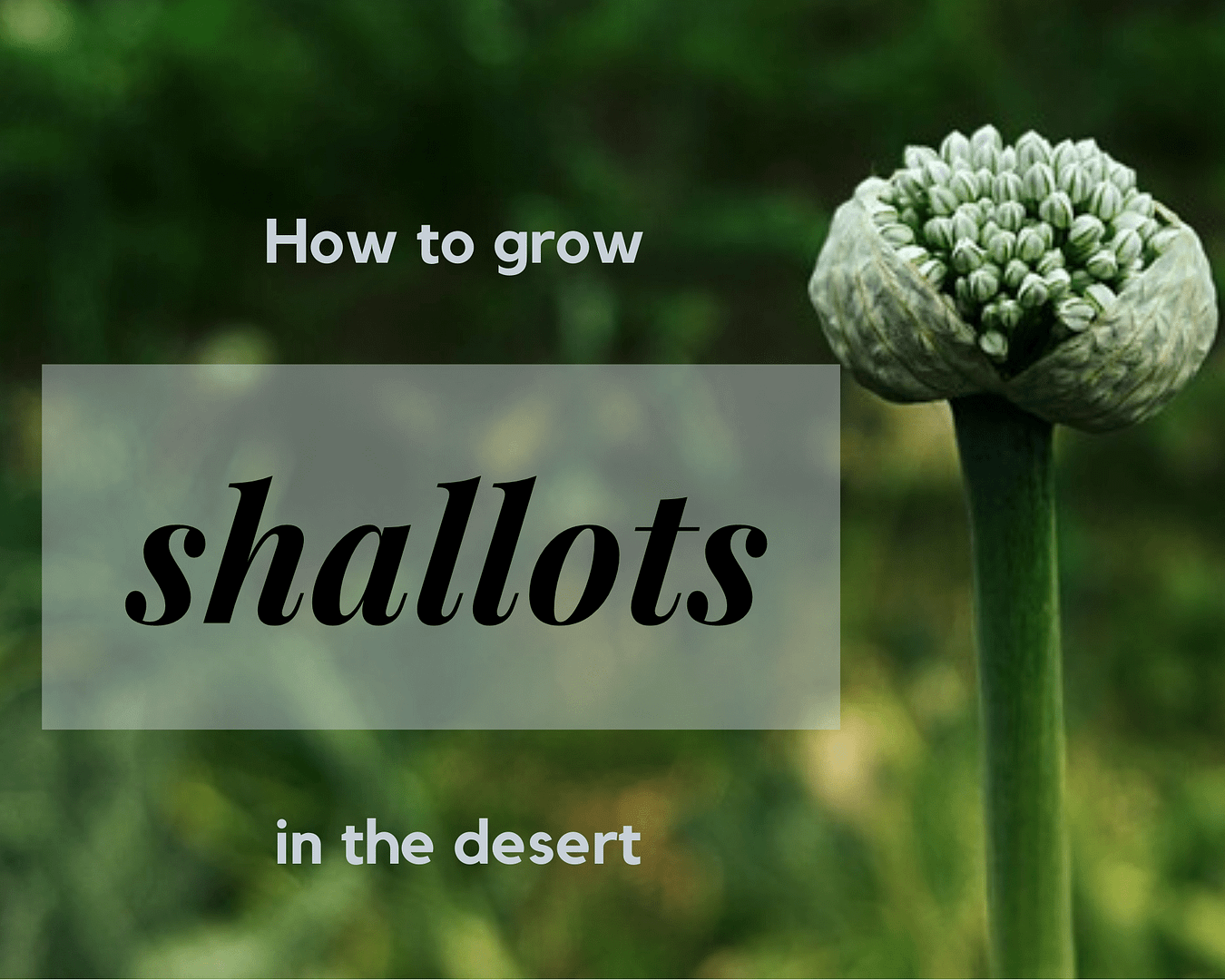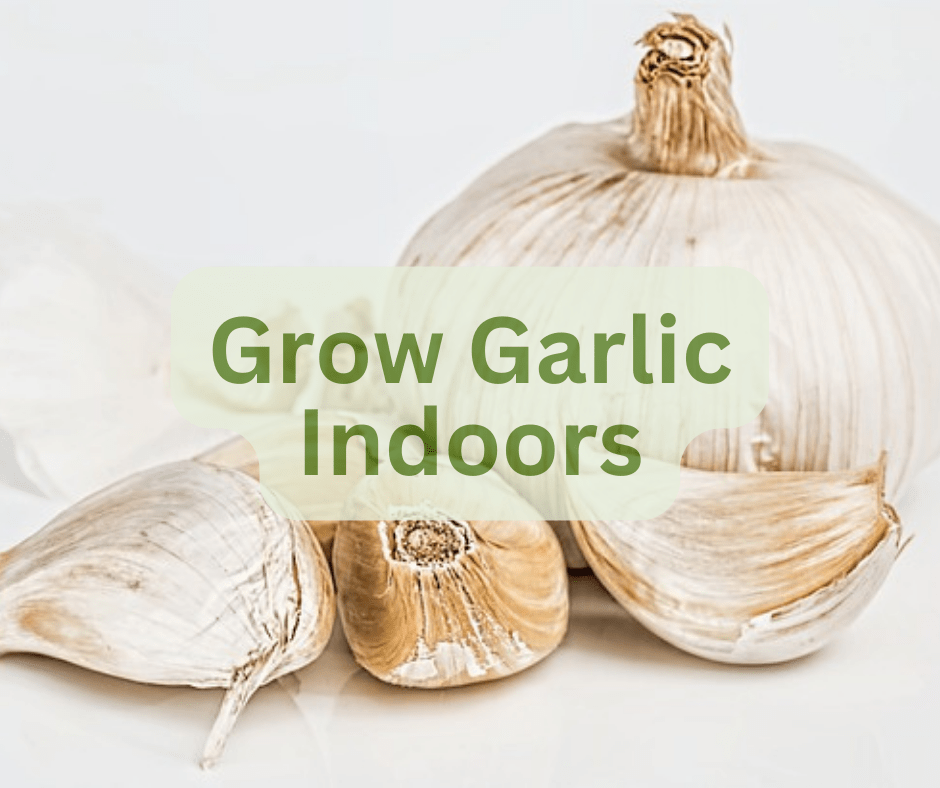This post may contain affiliate links. As an Amazon Associate we earn from qualifying purchases.
Want to build confidence in your gardening skills? Start growing radishes! These guys grow so quickly and easily, you’ll feel like a pro.
Whether you are starting seeds indoors (not really recommended) or sowing them directly outdoors, are going to walk you through everything you need to know to grow radishes successfully in the fall.
The basics of growing radishes
The scientific name (formally called the “binomial nomenclature”) for the radish is Raphanus sativus. It belongs to the Brassicaceae family, which includes other cool-season crops like cabbage, broccoli and kale.
Radishes come in a variety of shapes, sizes, and colors, making them a versatile and fun addition to any garden. If you have kids, it’s a great introductory crop for them to learn to garden. They’ll love the colors!
When to start radishes
Radishes thrive in cooler temperatures, making them ideal for fall planting. You can start radish seeds directly in the garden about four to six weeks before the first expected frost date in your area.
If you prefer to start seeds indoors, which we don’t advise, do so about four weeks before transplanting them outdoors.
Radishes are generally best suited for direct seeding outdoors since they don’t transplant well due to their delicate roots. Err on the side of caution and direct sow outdoors if at all possible.
Choosing a planting area
Radishes need a spot with full sun, which means at least six hours of direct sunlight per day. They can tolerate some light shade, especially during the hotter part of the day, which can help keep the roots from becoming too spicy.
Ensure that the planting area has well-drained soil to prevent the roots from rotting.
Soil preparation and amendments
Think of how the radish grows. It’s a root crop. The easier it is for that root to penetrate the soil, the bigger the resulting radish will be. Do what you can to ensure that the soil is loose. You can accomplish this by adding organic matter, such as compost or well-rotted animal manure (or a combination of the two!)
To be successful with growing radishes, aim for a soil pH between 6.0 and 7.0. If you’re not sure what your soil’s pH is, grab an inexpensive pH meter here.
Resist the urge to add a starter fertilizer to the soil. Too much nitrogen will produce luscious green top growth at the expense of root development.
Planting depth and spacing
Plant radish seeds about 1/2 to 3/4 inch deep and space them about two inches apart in rows that are spaced 12 inches apart.
This spacing allows each radish to have enough room to grow without overcrowding, which can lead to smaller roots or stunted growth. After planting, cover the seeds lightly with soil and water gently.
Growing radishes: Water requirements
Radishes need consistent moisture to grow well, but they do not like to sit in waterlogged soil. Water your radishes regularly to keep the soil evenly moist but not soggy.
This generally means watering deeply once a week or more frequently if the weather is particularly dry.
Overwatering can cause the roots to split or become overly spicy, so aim for consistent soil moisture. Keep an eye on the weather forecast and avoid watering before rain is expected.
Fertilizing radishes
Radishes grow so quickly that they generally require no fertilizer after the organic soil amendments at planting.
If you feel you absolutely must fertilize, wait until the plant is about 3 to 4 inches in height and use a 5-10-10 formula according to the label’s instructions.
Pests to watch out for
Radishes are susceptible to a few common pests, including flea beetles, aphids, and root maggots.
Flea beetles: These small, jumping insects can chew small holes in the leaves, which can stunt the growth of young plants.
To manage flea beetles organically, consider using row covers to protect the plants or apply neem oil as a natural pesticide. Maintaining good garden hygiene and rotating crops each season can also help reduce flea beetle populations.
Aphids: These tiny insects suck sap from the plants, which can weaken them. We recommend a few sessions of blasting them with water from a hose. It always clears up an infestation for us.
Insecticidal soap will also work.
Cabbage root maggots: These pests can be more problematic since they attack the roots directly. To prevent them, avoid planting radishes in areas where cabbage family crops have recently grown.
Adding beneficial nematodes to the soil (wait until the soil temperature is in the mid-40s Fahrenheit) can help control root maggot populations. University experts recommend Steinernema feltiae.
Disease susceptibility
Radishes can be affected by diseases like damping-off, clubroot, and downy mildew.
Damping-off: This disease often affects seedlings, causing them to rot at the soil line and collapse. To prevent damping-off, ensure good air circulation and avoid overwatering. Avoiding overcrowding can also help.
Clubroot: A soil-borne disease that causes swollen, distorted roots. Maintaining proper soil pH and practicing crop rotation are effective preventive measures. Once clubroot is present, it can be difficult to control, so prevention is key.
Downy mildew: This fungal disease appears as yellow or white spots on the leaves and can spread quickly in cool, damp conditions. Prevent downy mildew by ensuring good spacing between plants, improving air circulation, and applying a copper-based fungicide if necessary.
Check out our post What is Copper Fungicide? How and when to use it
How to tell when radishes are ready for harvest
Radishes are typically ready to harvest about three to four weeks after planting, depending on the variety. You can check if they are ready by gently pulling back the soil to see if the roots have reached a desirable size, usually around one inch in diameter.
For round radishes, this means they are about the size of a small ping-pong ball. If you wait too long to harvest, radishes can become pithy, woody, and overly spicy.
To harvest, simply pull the radishes from the soil. If the soil is compacted or the radishes are difficult to pull, use a small garden fork or trowel to carefully loosen the soil first.
Are radishes toxic to pets?
Radishes are generally safe for pets. The root itself is non-toxic to dogs and cats, although they may not enjoy the taste.
However, the leaves of radishes contain glucosinolates, which can cause mild gastrointestinal upset if consumed in large quantities by pets. It’s always best to keep your pets from grazing in the garden where you are growing radishes to avoid any potential issues.
Ready to plant radishes?
Remember to provide consistent moisture and keep an eye out for common pests and diseases. With these tips, you’ll have a successful radish harvest in no time!
As often as possible, we recommend organic pesticides, fertilizers and fungicides.
Mention of a fertilizer, fungicide or pesticide, or use of a fungicide, pesticide or fertilizer label, is for educational purposes only. Always follow the product’s label directions attached to the container you are using. Be sure that the plant you wish to treat is listed on the label of the pesticide you intend to use. If growing edibles, check the label for the number of days between pesticide application and when you can re-enter the area and/or harvest your crop.




